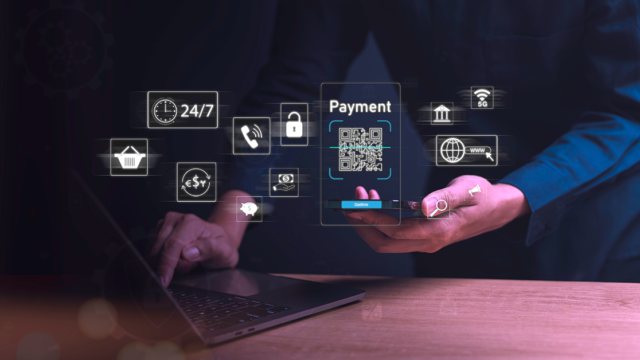Have you ever paid for something online and wondered how your transaction was actually processed?
Checking out at an e-commerce store or paying by credit card for a service online may seem a little complicated. However, what goes on really isn’t very different from what happens with physical payments.
There are a few added components, and different payment methods may mean extra steps in the process, but don’t be intimidated.
You don’t need intimate knowledge of bankcard systems or credit card processors (although having a general understanding of financial processes can help make things easier).
Let’s run through some of the basics.
Online payment methods
Direct Post (an integration method that lets customers shop without leaving the website) and FPX Payment (Financial Process Exchange) let consumers pay directly through their online bank accounts.
These days, there are plenty of payment gateway options and they often allow for integrations, as well as a number of payment methods. While the most popular payment method is the credit card, there are many others, such as the e-wallet.
Credit cards are a huge part of the online payment landscape
A large portion of online payments are made via credit card, which remains the most popular and widely accepted payment option.
Credit card payments are possible due to the multiple bank card networks that help ferry billions of transactions between cross-border payment processors, banks and merchants. It's a dynamic that fuels a prominent part of the greater financial system.
However, whether via credit card or any other payment system, the rules for online processing are pretty similar.
The key players in payment processing
Payment processing usually involves several key players. First, the cardholder starts the entire journey as the card user who has received an account from a card company or issuer.
The merchant (as the provider of goods or services) is authorised to accept cards and receive payments from customers.
The acquiring bank is the financial institution on the merchant’s side that manages the merchant accounts and accepts deposits from card transactions.
The credit card network (such as Visa, Mastercard or American Express) facilitates these transactions that happen between credit card issuers and merchants.
The credit card issuer is the bank, company or financial institution that issues cards to cardholders.
The payment processor is the service provider that helps merchants handle card transactions for the acquiring bank.
When a customer checks out
Once that ‘buy’ button is pressed, several things happen. For card payments, the customer must key in his or her card number, expiration date and CVV. Then, the payment gateway should begin its task, which generally takes about 3 or 4 seconds. The customer’s payment details and additional data are encrypted and sent to the merchant’s server through an SSL connection.
On the merchant’s side
The transaction data is received and verified by the merchant, who then transfers it to the payment gateway (the service provider that authorises credit card or direct payment transactions for online business processes). Security is pretty important the whole time, so encrypted SSL channels are used on the customer’s end as well as the merchant’s end.
Payment processors are really important!
Payment processors (like Tranglo) are important pieces of the puzzle. They handle transactions for merchants. Various channels are involved.
As third-party players, their payment processing services are connected to both ends between the merchant/supplier and the recipients.
They transfer information back and forth in order to confirm and complete the transaction.
A successful transaction depends on accuracy of data given
Depending on a variety of factors (like the consistency of details), the issuer bank has the power to deny or accept the authorisation request. It will send a response (in the form of a code) back to the payment processor, and this could either contain the transaction status (example: successful or pending) or any error details if a problem was encountered and the transaction was denied approval.
Approval is sent back up the chain
Once the transaction is received and processed by the issuing bank, the transaction status is returned to the payment gateway which relays the approval back to the website. The customer will receive a message via a payment system interface (and possibly be notified either by mobile text, email or other messaging platforms) about the status of the transaction (whether accepted or denied).
Merchant gets paid
After everything is approved and verified, the funds are eventually transferred to the merchant’s account (this may take a number of days depending on payment infrastructure and how smoothly the process goes).
This final transaction is conducted by the issuing bank and money is sent to the acquiring bank.
Safety, speed and convenience as priorities
In our digital age, online payment solutions push the boundaries and can redefine how good transactions are conducted.
As new solutions are developed, merchants, customers and service providers can look forward to optimise safety, speed and convenience, when dealing with online transactions.
Once you’ve covered the differences between payment processors, payment gateways, merchant accounts as well as issuing and merchant banks, the online buying process should seem like less of a mystery.
Conclusion
The scenario above is a typical one involving a consumer buying a product from a website online. B2B transactions happen almost exactly the same way, and are therefore similarly routed and processed too. If you are a business making a cross-border payment, just think of yourself as the buyer and whoever you are paying is the merchant!
Keen to know more about online payment processing methods, drop us an email and we will get back to you as soon as we can.







